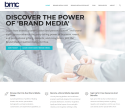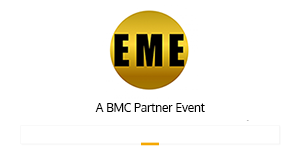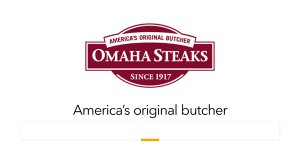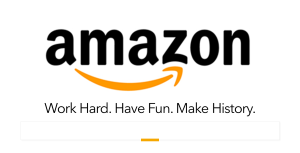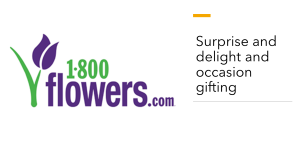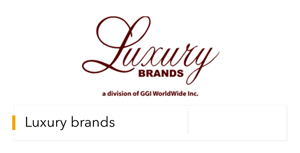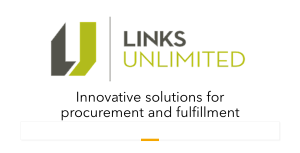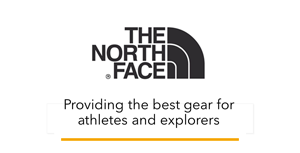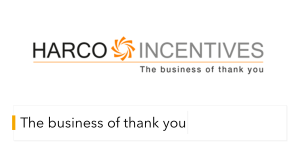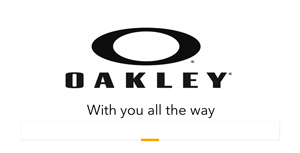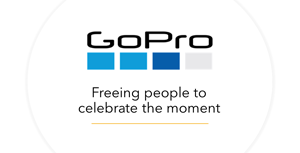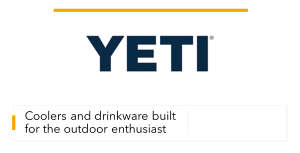Effective Practices: Creating a Request for Proposal
 Requests for proposals (RFPs) are a common practice especially among large organizations to create a framework whereby they can more objectively select suppliers based on the purpose, goals, and objectives of the organization and the specific project requirements. While this makes sense in practice, RFPs often subject suppliers to far more work than is warranted given the often-high odds against their winning the business in the first place. That said, a good RFP can serve as the basis for a meaningful statement of work (SOW) that ensures an organization achieves its objectives and transparently helps suppliers determine if they should bother to submit a proposal.
Requests for proposals (RFPs) are a common practice especially among large organizations to create a framework whereby they can more objectively select suppliers based on the purpose, goals, and objectives of the organization and the specific project requirements. While this makes sense in practice, RFPs often subject suppliers to far more work than is warranted given the often-high odds against their winning the business in the first place. That said, a good RFP can serve as the basis for a meaningful statement of work (SOW) that ensures an organization achieves its objectives and transparently helps suppliers determine if they should bother to submit a proposal. By Bruce Bolger
Start With Clear Requirements, Goals, Objectives, and Conditions
Ask Questions Specifically Aligned With the Requirements
Click here for links to RRN Preferred Solution Providers.
This guide to creating an effective Request for Proposal (RFP) is designed for organizations seeking a new supplier in a manner most likely to yield a successful outcome that also respects the time of potential solution providers. Smart suppliers have developed detailed templates that should include up to 80% of the information required by most customers in their fields.
If you have ever seen an RFP from a major company, you will understand why a growing number of high-quality suppliers no longer respond to RFPs. The amount of work involved and the high odds of failure responding to RFPs without having direct relationships with management ironically is most likely to turn off the best suppliers who are too successful to waste their time. Ironically, many times the companies most hurt by a poor RFP process are the ones looking for the best suppliers.
To be effective, the RFP should be transparent about what the company is looking for in terms of requirements and other qualifications so that suppliers can quickly determine if it makes sense to submit a proposal. Here are the key elements of an effective RFP. Suppliers should not have to guess what the organization is looking for.
Start With Clear Requirements, Goals, Objectives, and Conditions
1. What are the purpose, goals, and objectives of the project, and the key requirements of your company’s RFP. This should include the overall purpose and values of the organization, such as a link to your Corporate Sustainability report.
2. What is the key criterion for selection, i.e., years in business, demonstrated expertise, certifications, size of company, number, and types of customers, etc.
A. What programs, if any, are there for companies owned by minorities or disadvantaged people.
3. Any key policies, payment terms, or other conditions that could affect the desirability of doing business with your company.
4. Your organization’s preferred methods of engaging with suppliers in terms of communication and process.
5. Detailed requirements: specifically, the desired result and the specific elements needed to achieve it, including ongoing support if necessary. This should include privacy, data, regulatory, or any other requirements.
6. What specific technology will be required, along with relevant information on technical, bandwith, security, PCI or other compliance requirements.
7. Suggestions: invite suppliers to provide a different approach to addressing the desired goals and objectives.
8. Added value: invite suppliers to find other ways to enhance their solutions.
A summary of the key factors that will affect the final decision is always helpful.
Ask Questions Specifically Aligned With the Requirements
Based on the RFPs I have seen, many ask questions of solution providers that appear to have little to do with the main project requirements, as if formulated to discourage companies from even participating. If the criterion for selection is made clear, requesting the following information is reasonable for both parties.
1. Supplier Overview
A. How does the supplier’s background support the purpose, goals, and objectives of the RFP.
B. Who are the people behind the company and the services that will be provided in terms of expertise and experience, based on requirements, with clear substantiation in terms of thought leadership in third party media or organizations or case studies with a client name.
C. Are the requirements core to the supplier’s expertise.
D. How does the supplier differentiate its service from competitors.
E. The supplier’s purpose, goals, objectives, and values, preferably with a link to a meaningful Corporate Sustainability report.
F. Specific services offered by the supplier that align with the requirements, and its outsourcing model, if any, along with its basis for selecting and monitoring outsourced services.
G. The supplier’s customer onboarding and engagement process, including practices related to “emergencies” or surprises, i.e., unexpected circumstances with an impact on outcomes, stakeholders, or carrying other risks.
H. What are the supplier’s product or service development policies or practices to ensure continuous improvement and relevance.
I. What type of thought leadership does the supplier contribute to industry innovation.
2. Case Studies
A. Please provide case studies of similar projects accomplished for clients that demonstrate how your organization would address the RFP requirements. Please provide the company name and references if possible.
3. Solution Requirements
A. Please specify how your solution addresses each of the requirements in the RFP.
B. What other types of suggestions/or approaches would the supplier suggest.
C. What type of expertise is required to deliver the solution and who in your organization provides it.
D. What other types of services does the supplier provide that could be relevant in the future.
E. What types of support will be provided for the design of the implementation plan, training, or maintenance of the job and what is their training.
4. Implementation
A. What is the supplier’s specific client onboarding and implementation process.
B. What are the supplier’s quality control and continuous improvement processes.
C. What are the normal methods for communicating with clients, including emergencies or other updates.
D. What are the standard internal processes used to identify risks of delay, price changes or other issues.
E. What kind of training is required and how is it provided.
F. What kind of ongoing informational support is provided to ensure the company is benefiting from all the supplier’s capabilities or is addressing trends or other issues that could affect outcomes.
G. What if any aspects of the program will be outsourced and if so to whom; provide qualifications on those managed outsourced partners; explain why they are used and the basis on which they are selected.
H. What specific technology will be provided, along with relevant information on technical, bandwidth, security, system integration, or other compliance requirements.
5. Effective Practices
A. What does the supplier recommend to ensure a successful outcome in terms of features, processes, or other factors.
B. What specific sources, research or trends does the supplier draw upon to stay current.
6. Pricing and Billing
A. Explain the organization’s business model and how it makes money, including commissions, rebates, or coop dollars, breaking on gift card and merchandise redemptions, if applicable.
B. Detail the supplier’s billing processes.
7. Return on Investment and Related Measurements
A. What processes does the solution provider use to measure success and/or shortfalls.
B. How are these measures developed and utilized at each step of the process.
C. How are metrics communicated to the client.
D. How are metrics utilized.
8. Anything Else the Solution Provider Wishes to Add
This might be the most important question. Provided that the RFP is transparent about the basic conditions for consideration so that prospective suppliers can choose to bow out if they feel unlikely to make it to the first round, asking the supplier to demonstrate its creativity and passion with an open-ended question is a good way to get a sense of its point of view and approach.
9. Legal Disclosures
The EEA never dispenses legal advice other than to advise that organizations of all sizes take the time to access reputable sources to ensure that any practices and written documents conform with the spirit and letter of the law.
Profit From the “S” of Environmental, Social, Governance (ESG)
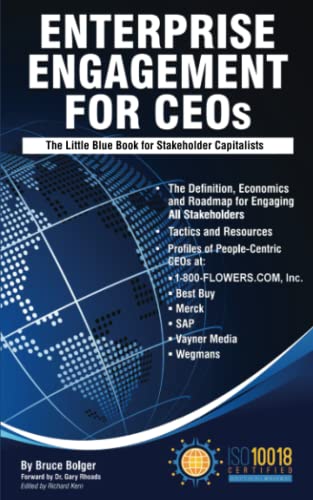
Through education, media, business development, advisory services, and outreach, the Enterprise Engagement Alliance supports boards, business analysts, the C-suite, management in finance, marketing, sales, human resources and operations, etc., educators, students and engagement solution providers seeking a competitive advantage by implementing a strategic and systematic approach to stakeholder engagement across the enterprise. Click here for details on all EEA and RRN media services.
1. Professional Education on Stakeholder Management and Total Rewards
- Become part of the EEA as an individual, corporation, or solution provider to gain access to valuable learning, thought leadership, and marketing resources.
- The only education and certification program focusing on Stakeholder Engagement and Human Capital metrics and reporting, featuring seven members-only training videos that provide preparation for certification in Enterprise Engagement.
-
EEA books: Paid EEA participants receive Enterprise Engagement for CEOs: The Little Blue Book for People-
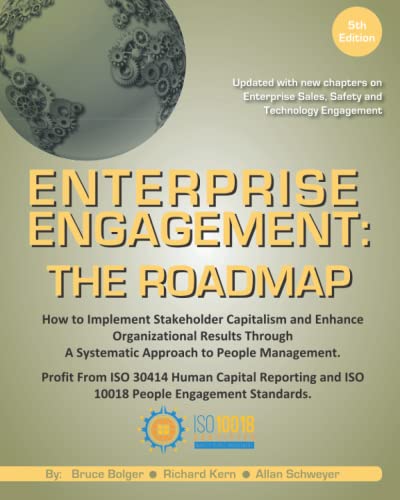 Centric Capitalists, a quick implementation guide for CEOs; Enterprise Engagement: The Roadmap 5th Edition implementation guide; a comprehensive textbook for practitioners, academics, and students, plus four books on theory and implementation from leaders in Stakeholder Management, Finance, Human Capital Management, and Culture.
Centric Capitalists, a quick implementation guide for CEOs; Enterprise Engagement: The Roadmap 5th Edition implementation guide; a comprehensive textbook for practitioners, academics, and students, plus four books on theory and implementation from leaders in Stakeholder Management, Finance, Human Capital Management, and Culture.
- ESM at EnterpriseEngagement.org, EEXAdvisors.com marketplace, ESM e–newsletters, and library.
- RRN at RewardsRecognitionNetwork.com; BrandMediaCoalition.com marketplace, RRN e-newsletters, and library.
- EEA YouTube Channel with over three dozen how-to and insight videos and growing with nearly 100 expert guests.
Strategic Business Development for Stakeholder Management and Total Rewards solution providers, including Integrated blog, social media, and e-newsletter campaigns managed by content marketing experts.
4. Advisory Services for Organizations
Stakeholder Management Business Plans; Human Capital Management, Metrics, and Reporting for organizations, including ISO human capital certifications, and services for solution providers.
5. Outreach in the US and Around the World on Stakeholder Management and Total Rewards
The EEA promotes a strategic approach to people management and total rewards through its e-newsletters, web sites, and social media reaching 20,000 professionals a month and through other activities, such as:
- Association of National Advertisers Brand Engagement 360 Knowledge Center to educate brands and agencies.
- The EEA Engagement widget to promote, track, and measure customers/employee referrals and suggestions that can be connected to any rewards or front-end program management technology.
- The Stakeholder Capitalism free insignia to promote a commitment to better business.
- The BMC Brand Club and transactional storefronts to educate corporate and agency buyers on the IRR market.
- The EME Gold program to educate the top 3% of promotional consultants on selling engagement and rewards services



